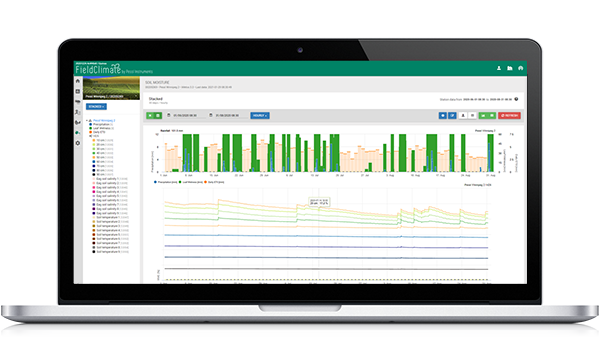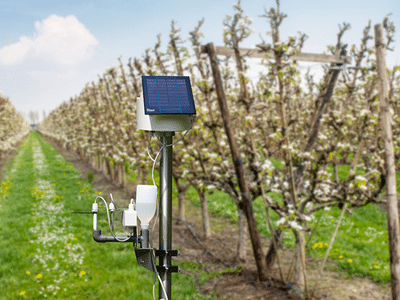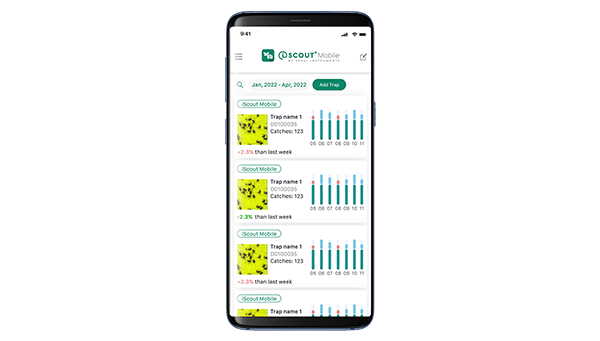Be prepared to deal with challenges before they arise. Because you can't control the weather. What you can control is how to react to it.
Smart Solutions for Effective Disease Management
Preventing crop diseases is a real challenge for farmers who desire high yields and good quality. Today, with the help of sensors that monitor field conditions and intelligent software, it is possible to identify diseases in the early stages of development, which allows preventive treatments to be applied to avoid even the smallest losses.

Agronomic and economic aspects
- Execution of chemical treatments only in the most suitable conditions.
- Application of treatments during the spore release and initial infection stages.
- Choosing the fungicides based on the risk and actual infection pressure.
- Greater efficiency of treatments performed in optimal conditions. Weather conditions affect the effectiveness of products by 20 to 100%.
- Ineffective treatments can reduce quality by up to 80% and yield by up to 30%.
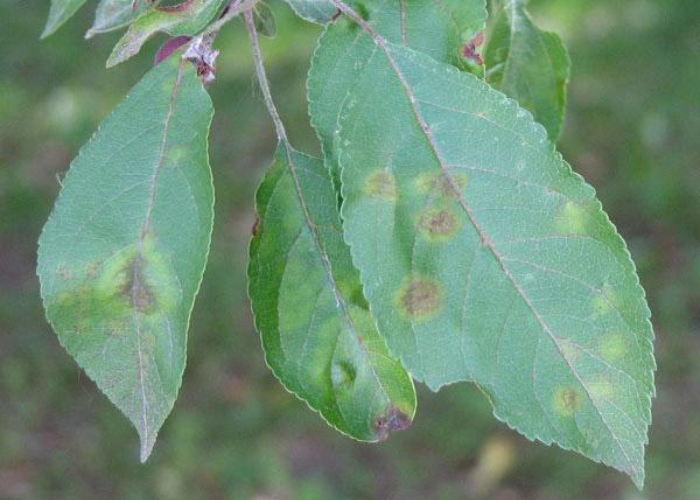

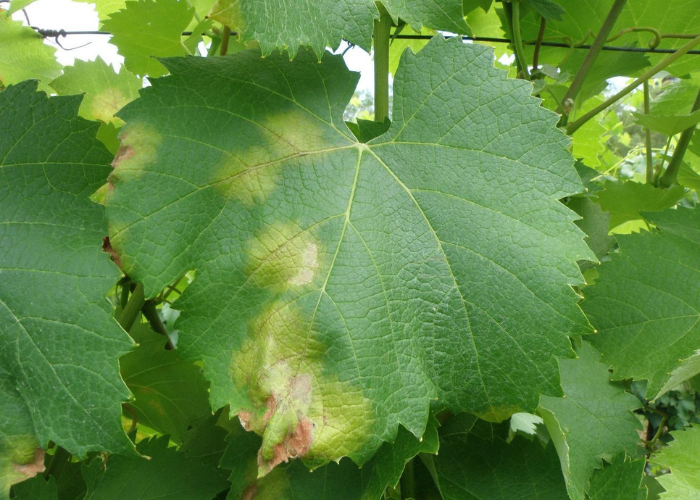

Smart solutions for effective disease management
Monitor weather conditions with IoT devices to know the conditions in the field.
With the help of weather stations, we are able to monitor a wide range of parameters such as: temperature, relative humidity, leaf moisture, precipitation, solar radiation, soil temperature and wind speed/direction.
At Pessl Instruments, we developed disease model algorithms based on environmental parameters collected from growers’ cloud-connected weather stations linked to the biology and the life cycle of over 80 different diseases to predict their development and progression in more than 45 different crops.
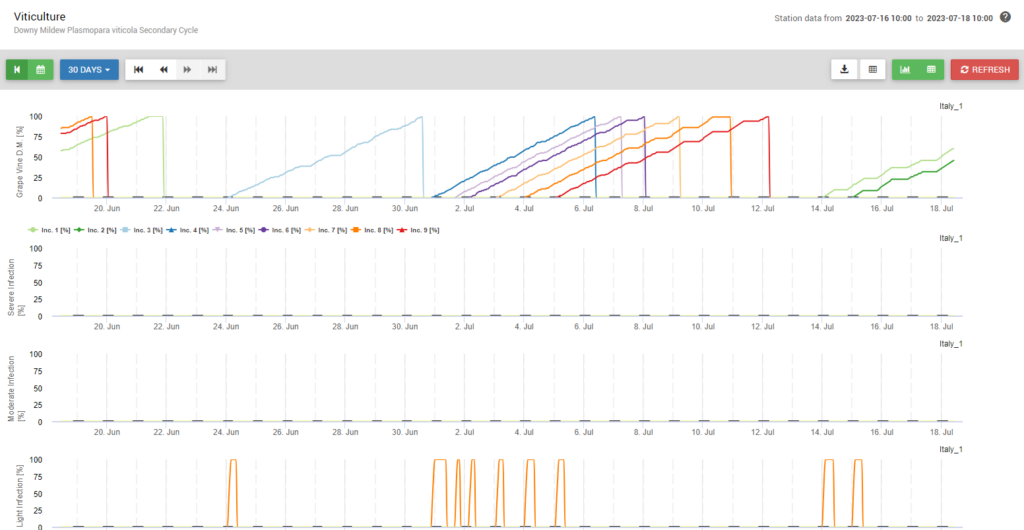

Benefits
Having a disease pressure risk assessment allows us to better guide our management decisions.
- Disease pressure in the field is often an invisible problem until symptoms appear, in which case it is usually too late.
- All disease models used are based on scientific research.
- The biology of the diseases does not change from one region to another, but the atmospheric conditions and agronomic management techniques do.
- Only the devices near the fields allow you to monitor the development of diseases with high accuracy.
Voice of a grower
“Since we have the weather station in the vineyard, I feel safer because we can predict the risk of disease or the invasion of pathogenic insects, with the help of disease models.
We also save on pesticides. Until now we were trying to make preventive treatments without knowing exactly what risks we had in the culture. But now, we always check the data first.
A big advantage is that it shows us the optimal period for treatments, it shows us clearly and precisely when we have the optimal conditions to intervene. With its help, we can see the weather data for our area, soil temperature, soil moisture, sum of active temperatures, amount of precipitation fallen so far and the biggest advantage is that all these data are archived and can be accessed at any time.
It is not necessary to be present in the field, you have access to the station wherever you are. I think this is the future, but that does not exclude the presence of the agronomist in the field,”
Andrei Gangan – Agronomist, Viticulture Expert.
Weather and crop diseases don’t wait. Be prepared.
Click here and contact us with your questions. Let us help you find the right solution for you.

